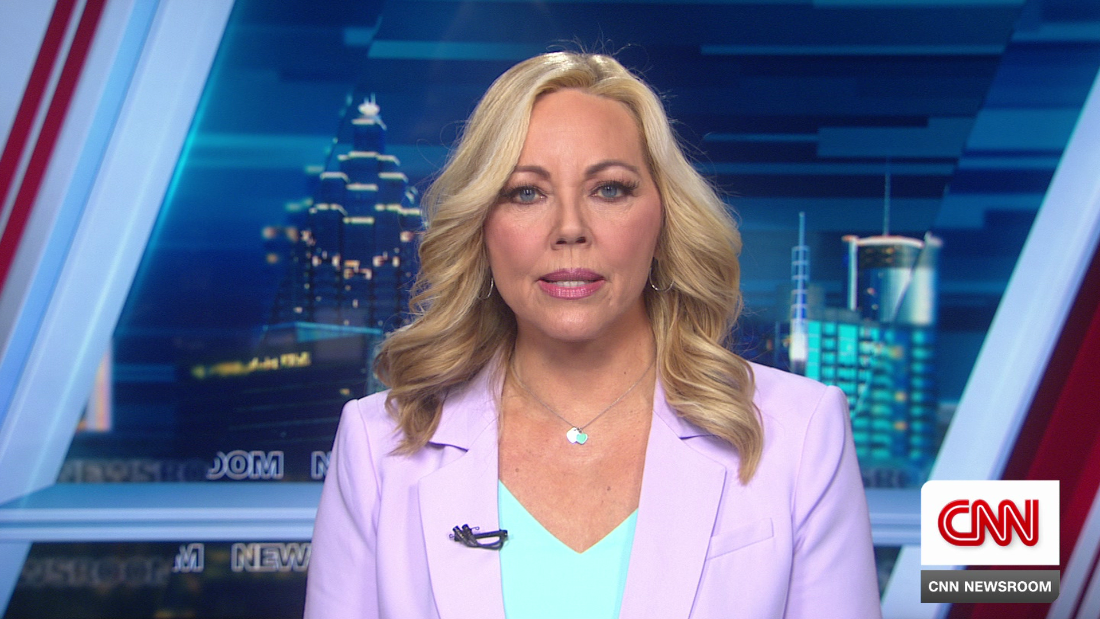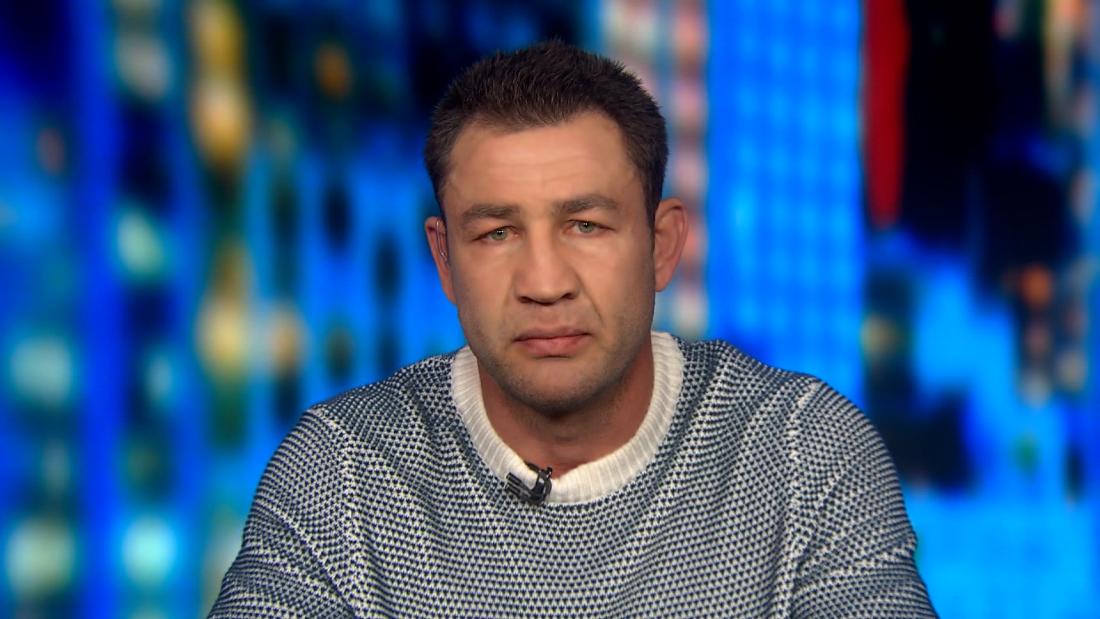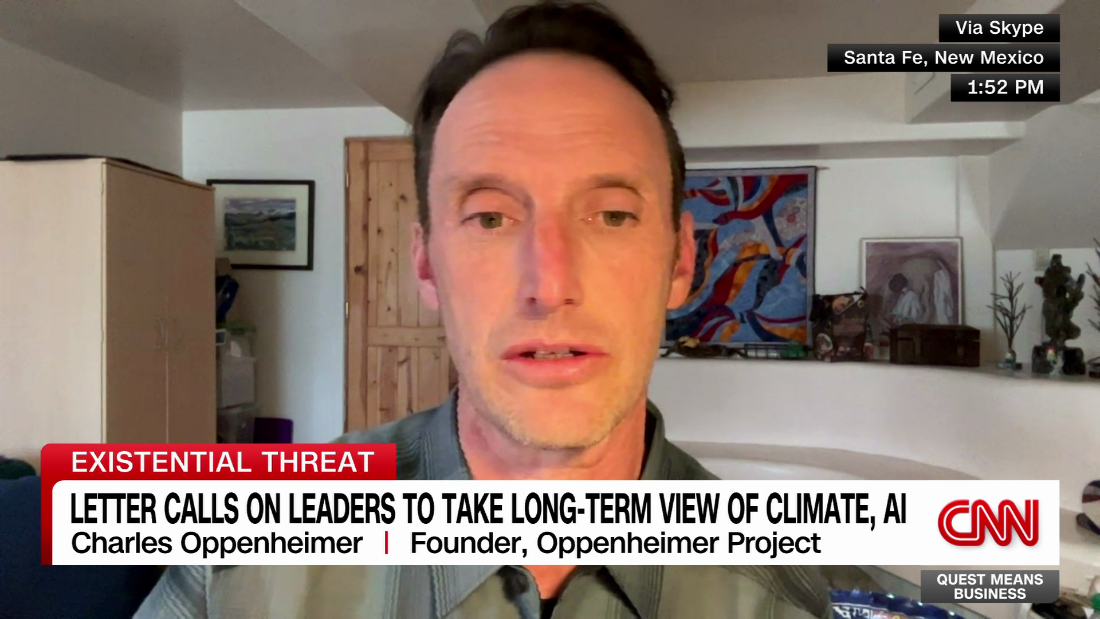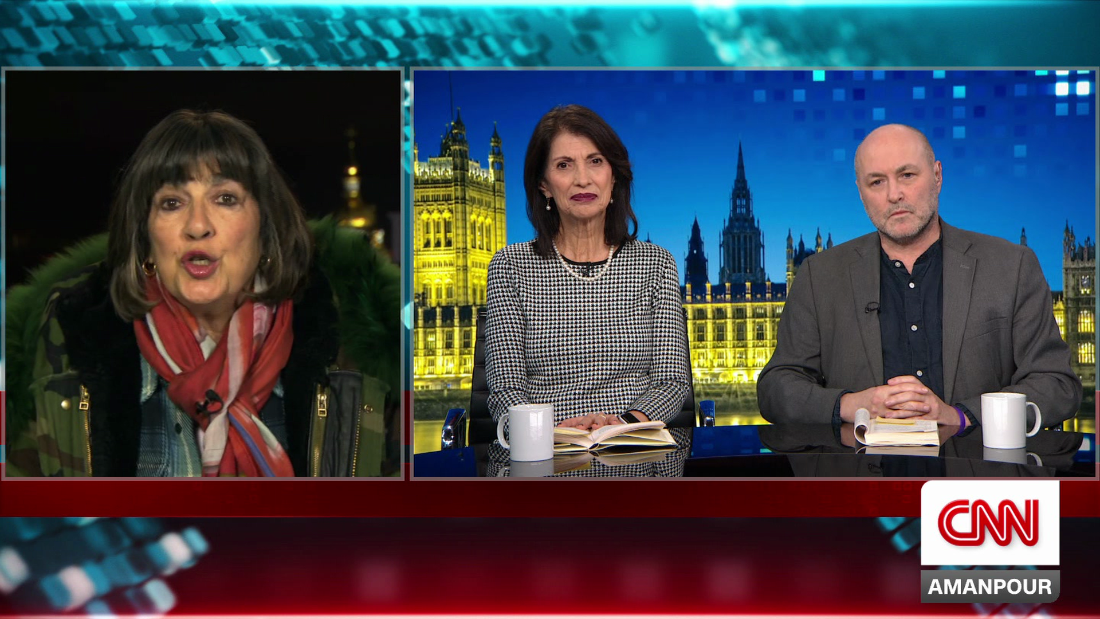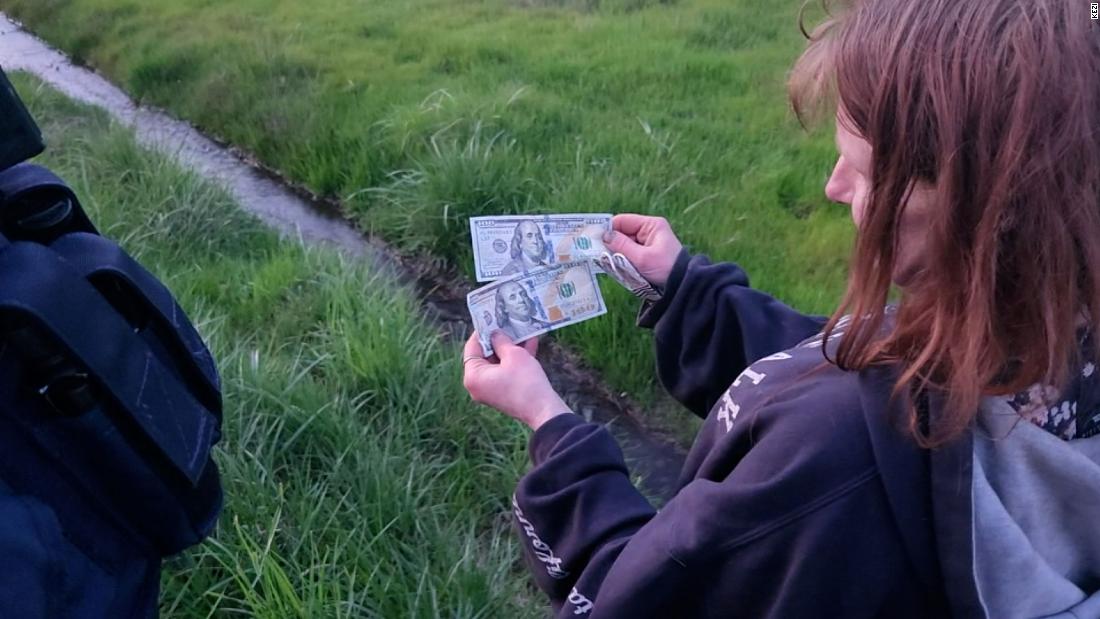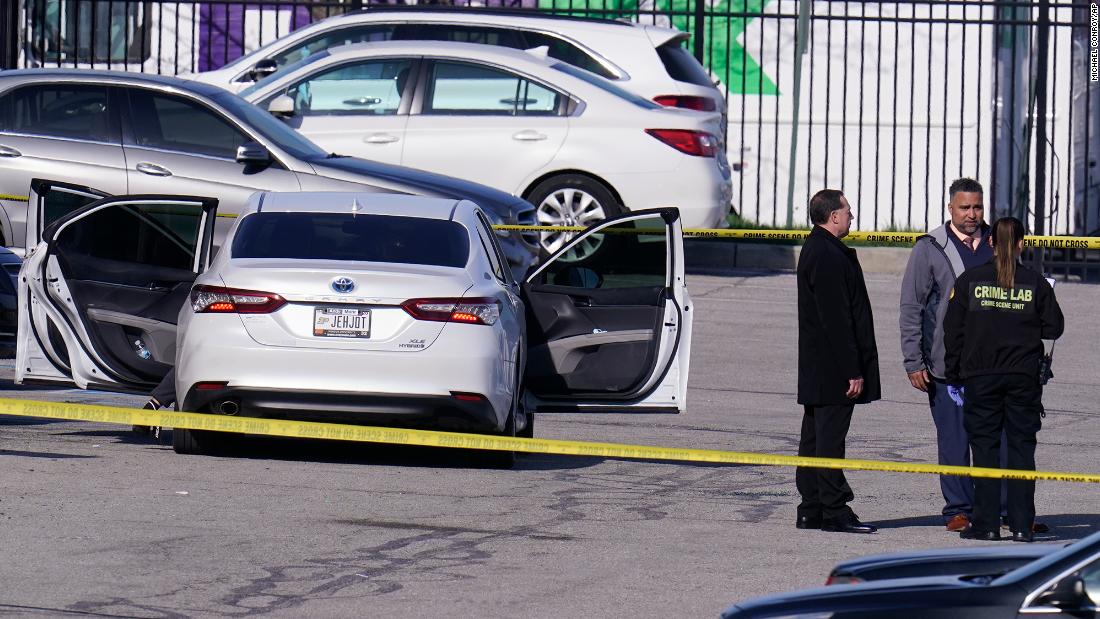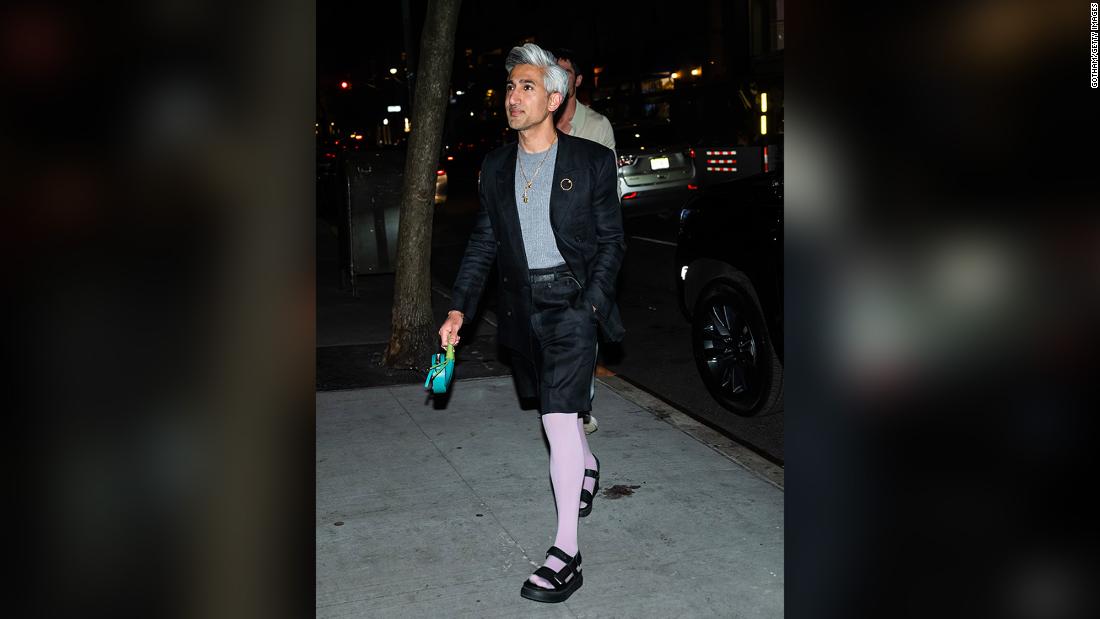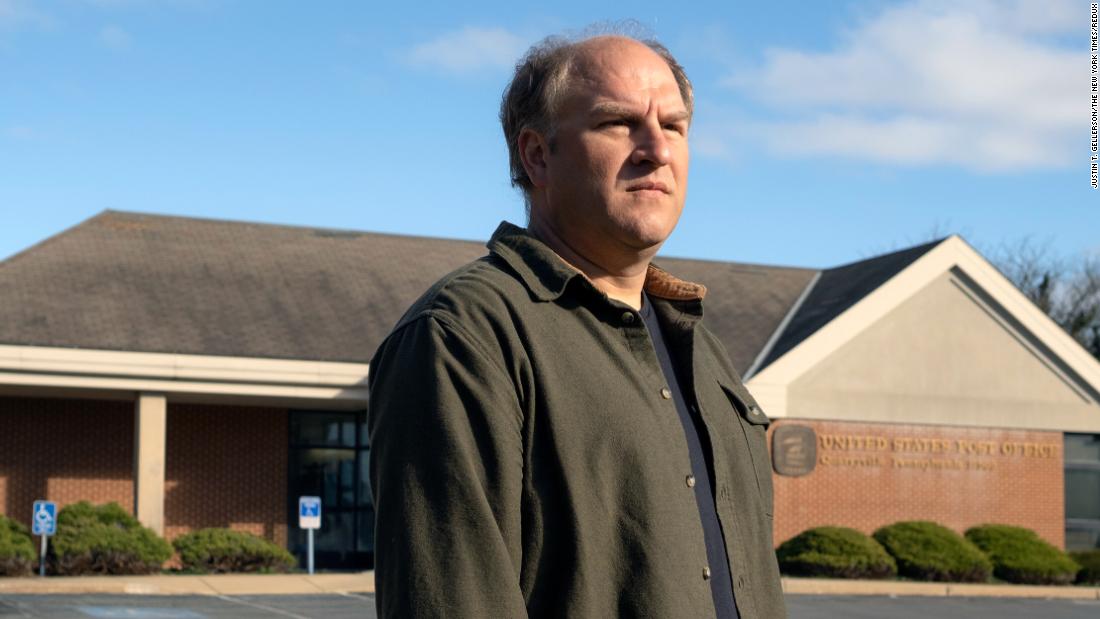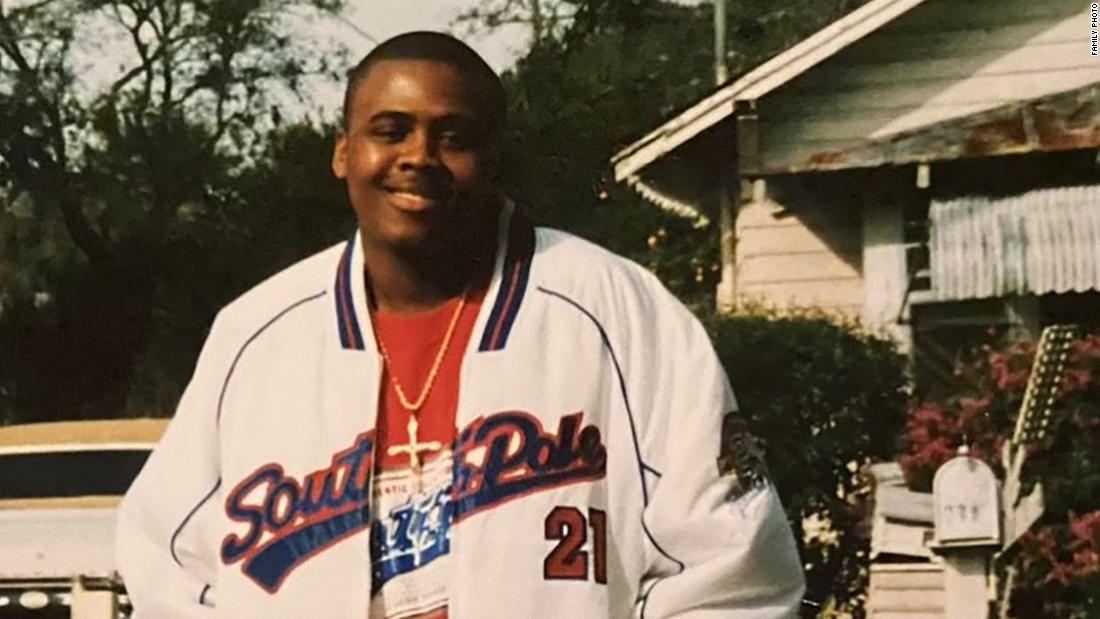IT is 10pm and everything is silent but the gentle breathing of Bruce Lindsay-Smith.
The 64-year-old marksman is nestled cramped into a flower bed, draped in a camouflage screen with only the tip of his rifle poking out.
Bruce Lindsay-Smith is one of the most in-demand fox cullers in the UKOliver Dixon
Oliver DixonBruce patiently waits at a window for his next kill to appear[/caption]
Oliver DixonBruce training his sights on a target[/caption]
He slowly exhales and locks his cross-hairs on to an intruder.
This mission in North London is part of the front line of a turf war raging through Britain’s backyards — and the enemy is 10,000 urban foxes.
“I only take head shots,” he tells The Sun.
“Most people can’t do this job. But with foxes causing tens of thousands of pounds in damage a night, somebody has got to do it.
“Bruce is a big, bad, bald bruiser, but his mates call him “Foxxy”.
That’s because over the years he has killed more than 100,000 of the four-legged suburban menaces.
Earlier this month, The Sun exclusively told how the pests had caused hundreds of thousands of pounds of damage — and endangered lives — by gnawing car ABS braking systems.
Tyre pressure monitors, sensors and electricity charging cables were also nibbled by the brazen creatures.
But it’s the dead pets, strewn rubbish, reeking urine and home invasions that have left residents fuming.
Bruce said: “It’s the worst it has ever been. Car ‘vandalism’ has become more common and homeowners are losing thousands due to their gardens being dug up, chewed and spat out.
“Every week, pet cats and small dogs are being killed by foxes in London — not to mention the diseases that are spread through them fouling everywhere.
“The last thing people want to do in the morning is walk out their doors and tread on fox diarrhoea.
“You can understand why people might want them controlled.”
Devon-born Bruce has been in vermin control since he left school.
For the past 43 years, he has been at the helm of County Pest Control Services — and is possibly the most in-demand fox shooter in Britain.
Boasting an impeccable kill count, he has been hired by royalty, lords, schools, recreational centres and ordinary council-flat occupiers.
In 2002, he was even called in to cull a beast that had earlier latched on to a baby boy’s head in Dartford, Kent — dragging the tot out of his home while the parents slept.
His record for shooting foxes in one night is 38, which took place during a job on a golf course. The most he’s shot in a back yard is 14.
Bruce said: “In recent times, we clear about 1,500 foxes a year.
“On average, I’m shooting between four and ten a night.
“I couldn’t give you a total tally but back in the day I was doing about 80 a week.”
Until the 1930s foxes kept to the countryside, trying to avoid gun-wielding farmers and gamekeepers.
‘I was killing 80 a week’
But as suburban Britain started to sprawl, with its leafy gardens and bins full of food waste, the carnivores suddenly had their own version of fast food.
Gradually, England’s capital became overrun with the animals.
The most recent estimates by London Wildlife Trust suggest there are more than 10,000 foxes sauntering through our streets.
And a study by the UK’s leading animal psychologists shows the urban dwellers have become bolder.
The ScienceDirect report published earlier this year said foxes in built-up areas tend to be more “opportunistic” than their rural counterparts and use increasingly innovative ways to scavenge for grub.
But on this night in North London, the greedy animals have been duped into thinking an easy meal awaits — and they are keen.
Bruce said: “The barks of neighbourhood dogs are usually a sure sign they are on the move.”
Under the seasoned veteran’s advice, the homeowners have been putting out dog food in the same area for the past four nights.
When the food is eaten, Bruce knows exactly where the foxes will be on the fifth evening.
But he is taking no chances — the fox hunter is packing specially imported American ammunition with bullet heads that expand on impact, infrared night vision and a thermal scope for good measure.
Bruce Lyndsay-Smith.The animals seen through Bruce’s infrared imaging[/caption]
GettyOver the years Bruce has killed more than 100,000 of the four-legged suburban menaces[/caption]
With a chilly autumn breeze settling in, he douses his perimeter with rabbit guts to throw off his scent down wind.
Bruce said: “It’s a waiting game now. We could be here for hours but I’m sure you’ll see a flaming yellow vixen through the scope soon.”
CPCS services is 100 per cent legal — the firm has an open firearm licence, the stipulated ammo and the required permits.
While fox hunting for sport has been outlawed to the public since the 2004 Hunting Act, foxes are not protected for conservation purposes in England.
This means the owner or occupier of a property can decide when to control them, which has divided public opinion.
For Trevor Williams, founder of animal rescue group The Fox Project, culling is futile.
He said: “Fox ‘control’ is a misnomer. No one has ever controlled fox numbers — they simply breed back to replace the number for which a territory can provide.
“As they are lone animals by nature, they don’t appreciate over-population and it’s believed by some scientists the stress caused when this occurs prevents vixens from coming into season.
“It’s generally thought the annual peak population (post-breeding season) of foxes in Greater London has remained stable since the mid-1970s, when the first significant scientific surveys took place, although it may have reached optimum level much earlier.
“As such, they are broadly a self-regulating species.”
But if Bruce’s backlog of clients booked up till Christmas is anything to go by, residents seem to be reporting a lot of activity.
Bruce said: “They are prolific and for two main reasons.
‘No need to be cruel’
“Firstly, coronavirus saw a lot of vehicles off the road, which meant roadkill was significantly reduced and breeding numbers were subsequently higher.
“Foxes are fully mature at nine months old, so they can breed and mate in the same year as they are born. Secondly, when humans give them scraps they are intervening with nature and aiding their survival.
“And people are watching shows like Springwatch, which encourages them to feed foxes.
“They say ‘jam sandwiches will cure them’ but all it does is cause foxes to lose their fear of man.
“The best policy is not to feed them at all.”
According to London Wildlife Trust, more than 60 per cent of the fox population is killed by traffic every year.
Despite that, the urban population has continued to increase significantly in the past 30 years.
As a result, Bruce — who charges a premium of about £450 a shoot — is very busy and has only had about ten days off in the last two years.
He said: “We are getting calls from all over the UK because people are pleased with my results.
“I could be working seven days a week if I really wanted to, and that is just with my London clientele alone.
“And to be honest, the way things are at the moment with fox numbers on the steady increase, I think I will be in business for as long as I am able to work.”
Although Bruce’s burly appearance fits the bill of an emotionless henchman, he is in fact an animal lover.
The softly spoken West Country man even adopted a fox after rescuing it from being stoned to death by thugs — and the animal went on to live for 14 years under Bruce’s care.
“There is no need to be cruel to animals under any circumstance whatsoever,” Bruce said.
“Obviously my career is an emotive subject for a lot of people. But I can assure you the foxes are humanely dispatched, as required by law.
“Feeling sentimental about them cannot come into the job, otherwise I wouldn’t be doing it. I just have to get on with it.
“When I hear what damage they have been doing to people’s properties, I have to go into it with the mindset that I will do the best job I can.”
As a full moon casts out the faintest of light on the well- manicured lawn, a decent-sized fox comes into range, oblivious to who is lurking in the shadows.
Mimicking the squeak of a mouse, the predator raises its head and the safety comes off. Job done.
As the pest is bagged up ready for incineration, Bruce parts with the words: “I’ll see you tomorrow — we’ve got a stadium to do.”
The battle may have been won, but the war is not over.
HOW TO KEEP FOXES AT BAY
● Do not feed them
● Get an outside bin with a secure lid
● Spray with approved fox deterrents
● Keep your doors closed and secured
● Prevent burrowing with L-shaped fence bases
● Remember that poisoning is illegal and punishable by up to six months in prison
Published: [#item_custom_pubDate]
















